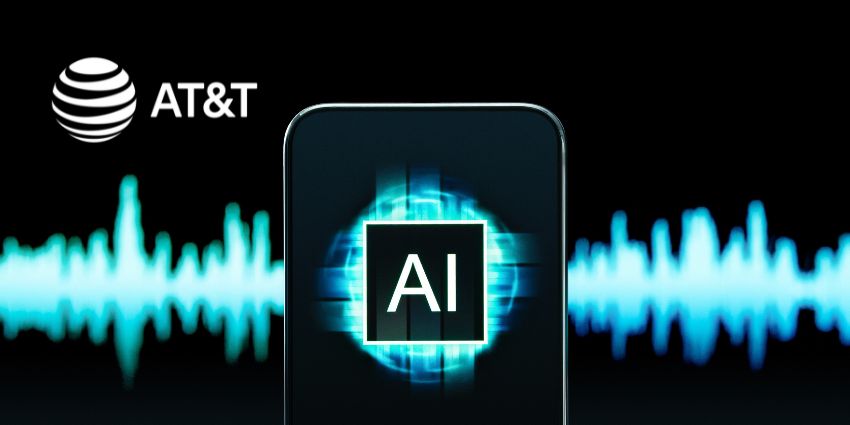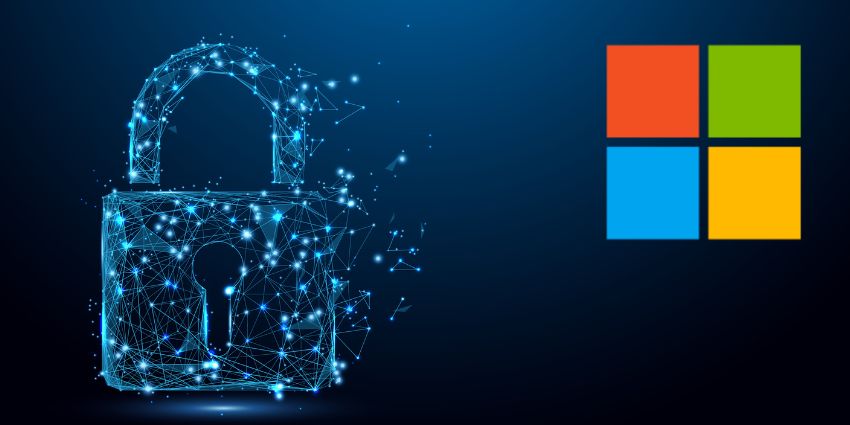Outside the world of telecommunications, the word ‘conference’ has a different meaning. Rather than referring to a telephone conversation, or in recent times a video call, involving more than two participants, a conference in broader business parlance is an event, a largescale get-together, a gathering of the clans.
Despite the competitive instincts of business people, conferencing is an important part of life in enterprise. It gives people the chance to share ideas, hear about the latest trends in their industry, sector or area of special interest, listen to the movers and shakers give speeches, attend workshops. And, of course, it is an opportunity to network.
There is one drawback with the whole concept of conferencing. People have to gather in the same place. Those who get to attend a conference might not see this as a drawback, of course, viewing it as a welcome opportunity to spend time away from the office on company expenses. But there is the rub – travel, accommodation, tickets, catering, venue hire, staffing of these things all cost. Someone, somewhere has to pay.
Back to telecoms. Perhaps the only reasons a ‘conference call’ has come to mean a telephone conversation between perhaps a handful of people is that traditionally the technology required to connect larger numbers has not been there. Certainly the possibility of using live video to replicate some of the key aspects of a real conference – dozens if not hundreds of people watching and listening to a keynote speaker and taking part in interactive Q&A sessions – have seemed remote.
Until recently, that is.
Video conferencing technology has come a long way. Now people are recognising the potential to use it to run full-scale virtual conferences, using live streaming services to broadcast speakers to large audiences, and collaboration platforms to allow everyone to interact and feel fully involved. Delegates can meet, chat, discuss, share and learn, all without the hassle and expense of travelling. And because the organiser has no overheads, such as hiring a venue, such events can be run for free.

About Botscamp
One of these people is Thomas Schulz. In December 2016, he held the first Botscamp event, a conference for anyone with a professional interest in robots, web bots and AI. There were 15 speakers, and 150 people took part.
As you have probably guessed, this was no ordinary conference. There was no venue, delegates were not sat in some auditorium listening to the speakers. They were at home, or at work, wherever in the world that happened to be, watching speakers via video link, and taking part on Slack.
Slack, and broader social media, is essential to how Botscamp events work. As well as the usual Twitter feed with announcements and news about forthcoming events, there is a custom built bot which ‘scouts’ potential participants and speakers for the conferences. After signing up at the Bottish website – the parent company for Botscamp conferences – delegates have access to the Bottish Slack community, where they can vote on what they want to see at the next event, as well as talk to other participants before, during and after the events.
Eyeson the prize
Social media and team collaboration platforms alone, however, are not enough to run a successful virtual conference. The key ingredient needed to replicate that experience of being at a large event is video. To provide the video link technology required to connect the growing numbers of participants at each of the four Botscamp events to take place since December 2016, Schulz and his team chose Eyeson.
Eyeson is ideal for virtual conferencing, and for the requirements of Bottish in particular, for a number of reasons. For one, it can be run as a Slack plug-in. Instead of having to ask people to sign up to a particular webinar or teleconferencing service, or send invites out to every single delegate, Bottish simply uses the Slack community it is based around. Members add the Eyeson tool, and they get access to live video within Slack.

Integration with Slack means Eyeson offers much more than a video connection. It becomes a much more versatile presentation tool, linking live-streamed images with document and screen sharing, for example, so speakers can share materials with delegates. And with Slack’s core IM engine, everyone can stay involved asking questions, commenting and sharing ideas.
Slack is just one of several platforms Eyeson is designed to integrate with directly, with no need for any messy configuration or staging on the part of the user. Another is YouTube. Eyeson allows users to stream presentations and webinars directly on YouTube. Not only has this given Botscamp event organisers the scope to reach a far bigger audience with public broadcasts, it also means they automatically get a record of each event.
We said earlier that video technology has come a long way to be able to support the same level of participation you get at traditional conferences. Quality has always been the main issue. You can, of course, broadcast video live to millions of endpoints at once if you so wish with no quality issues – we were doing this via the airwaves decades before YouTube came along. But that is only one-way communication. People can watch, but they cannot take part.
As with voice conferencing, the challenge of adding more and more people to two-way real time video communication has been how to stop the feed quality deteriorating dramatically. Eyeson solves this through what it calls single stream technology.
Building on the WebRTC standard, Eyeson’s patented single stream approach reimagines the way video, audio and data content are packaged and distributed. Instead of trying to juggle video streams from multiple sources and distribute them across conference bridges, Eyeson combines everything into a single stream shared to all, which is then interpreted by WebRTC-enabled endpoints.
In short, it means you can plug as many participants as you like into an Eyeson conference, and you will get no deterioration in stream quality – a major breakthrough for events like Botscamp. Not only that, but because of the open standards basis, Eyeson will work on any device – mobile or desktop, any video content management platform, any web browser, anywhere you are running Slack. This provides the ultimate in flexibility – Botscamp attendees need not even be logged in on their work computer or home laptop, they can take part in the conference on their smartphone from anywhere.






